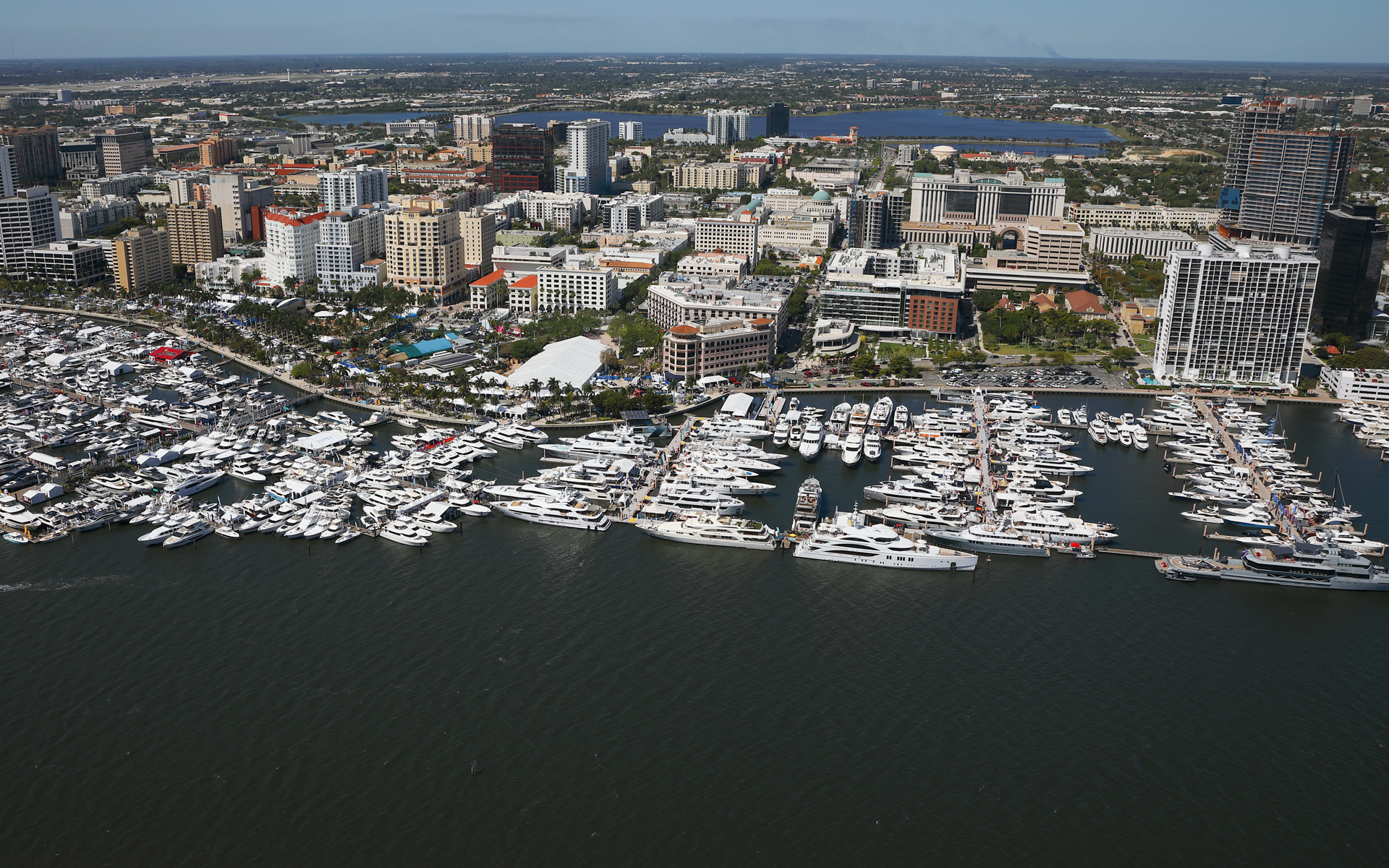Once restored, the bell will respectfully serve as a tangible and fitting memorial for the 1,415 lives lost when the Bismarck sunk the ship in the North Atlantic.
The bell was successfuly recovered the 7th of August. Mr. Allen’s team led the operation using his yacht M/Y Octopus, which is equipped with a state-of-the-art remotely operated vehicle (ROV).
The Ministry of Defense (MOD) and the Royal Navy are grateful for Mr. Allen’s generosity in recovering the bell at no cost to the MOD.
“This year marks the 70th anniversary of the conclusion of World War II, and this effort commemorates the hundreds of brave sailors who were lost at sea,” said Allen. “It is a true honor to undertake the expedition to recover the bell from ‘The Mighty Hood’.”
The bell was first discovered and photographed in July 2001. The bell was found lying on the seabed well away from the parts of the battlecruiser’s hull. A 2012 Allen-led expedition to recover the bell was hampered by prevailing weather conditions and technical difficulties.
Both operations were supported by Blue Water Recoveries Ltd. which specializes in the search and investigation of shipwrecks.
The bell is in good condition but will require a year-long expert conservation and restoration effort because it has spent so long in deep seawater.
Director of Blue Water Recoveries, David Mearns, said: “I am extremely pleased that we have been able to fulfil one of the last wishes of Ted Briggs, one of only 3 survivors of Hood’s crew of 1,418 men, to recover the ship’s bell as a memorial to his shipmates. Despite 74 years of immersion in the hostile depths of Denmark Strait the bell is in very good condition. The inscriptions decorating its surface clearly indicate that the bell was preserved for us on the battlecruiser Hood after first being used as the bell of the Battleship Hood from 1891 to 1914. This bell has therefore seen action in two Capital ships of Royal Navy spanning a period of 50 years. An engraving on the bell also records the wishes of Lady Hood who launched the ship in memory of her late husband Rear Admiral Sir Horace Hood KCB DSO MVO who was killed in the battle of Jutland. The bell we recovered is a unique historical artefact, which shows just how important Hood was as flagship of the British Battlecruiser Squadron. This was clearly a special bell for a special ship and it will forever serve as a fitting memorial to the Mighty Hood and a reminder of the service and sacrifice of her men.”
Commenting on the successful recovery, First Sea Lord, Admiral Sir George Zambellas said:
“A magnificent symbol of the power of the Royal Navy in the inter-war years, ‘The Mighty Hood’ is one of the greatest fighting ships in our nation’s long and glorious maritime history. That she was lost with her guns thundering in defense of the convoys that formed Britain’s lifeline is a tragic reminder of the high price that our island nation paid for survival, and for the freedom and prosperity we enjoy today. Her story, her sacrfice, continues to inspire the Royal Navy today. The recovery of the Ship’s Bell will help ensure the 1,415 men lost, and the name HOOD, will always be remembered by a grateful nation.”
HMS Hood is the largest Royal Navy vessel to have been sunk, causing the largest loss of life suffered by any single British warship and the recovery is fully supported by the HMS Hood Association whose members include veterans who served in the ship before her final mission in 1941, and relatives of those lost with her.
President of the Association is Read Admiral Phillip Wilcocks, whose uncle was among those who died on board HMS Hood. Admiral Wilcocks said:
“The HMS Hood Association is extremely grateful to Paul Allen, David Mearns and the crew of M/Y Octupus for their tremendous efforts and professionalism in recovering the bell of HMS Hood from the dark depths of the Denmark Strait. In particular, Paul Allen’s support has been outstanding and we applaud his personal commitment to the recovery operation.
There is no headstone among the flowers for those who perish at sea. For the 1,415 officers and men who lost their lives in HMS Hood on 24 May 1941, the recovery of her bell and its subsequent place of honor in the National Museum of the Royal Navy in Portsmouth will mena that future generations will be able to gaze upon her bell and remember with gratitude and thanks the heroism, courage and personal sacrifice of Hood’s ship’s company who died in the service of their country.
Once conservation of the bell is complete, it will be put on display by the National Museum of the Royal Navy (NMRN) and will form a major feature of the new exhibition dedicated to the 20th and 21st century Navy, which opened at the National Museum of the Royal Navy in Portsmouth Historic Dockyard in 2014. It is a fitting location at HMS Hood was based in Portsmouth.
Commenting on the successful recovery of the bell Professor Dominic Tweddle, Director General NMRN, said:
“It will be an honor and privilege to display the bell from HMS Hood. Our new galleries recall and commemorate the heroism, duty and sacrifice of the people of the Royal Navy in the 20th and 21st centuries. HMS Hood’s bell encapsulates the whole of that story as no other single object could. We already have the bell of HMS Prince of Wales which together with the HMS Hood engaged the Bismarck on 24th May 1941, and it will be splendid to reunite the two ships at least in spirit.”
The wreck of HMS Hood is designated under the Protection of Military Remains Act 1986. As well as providing a memorial, the recovery has prevented it from being taken by any illegal operation for personal gain.









